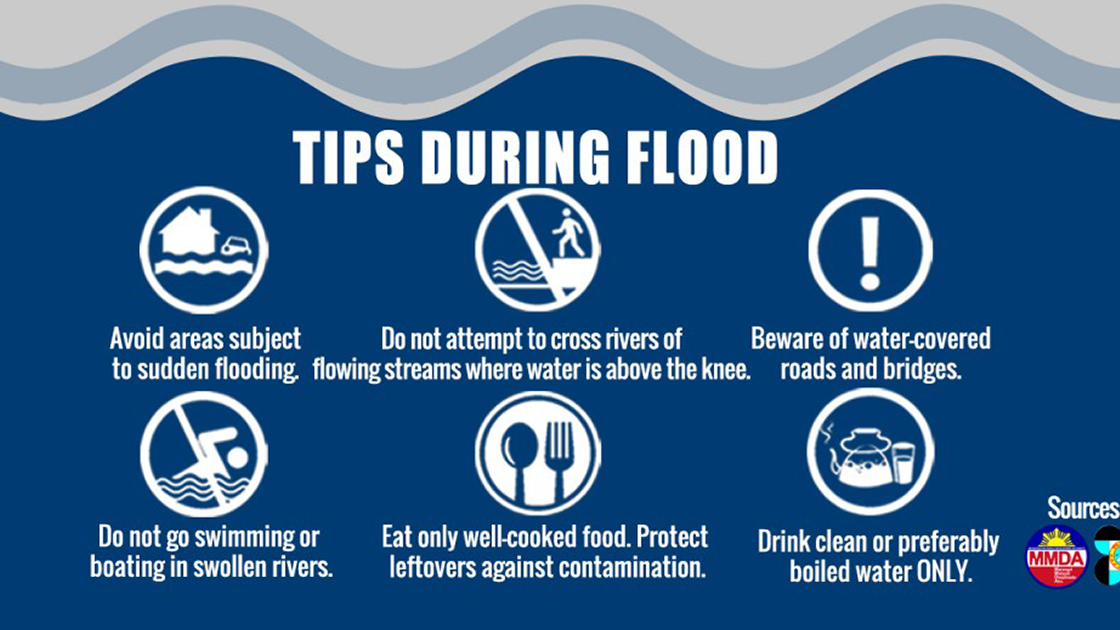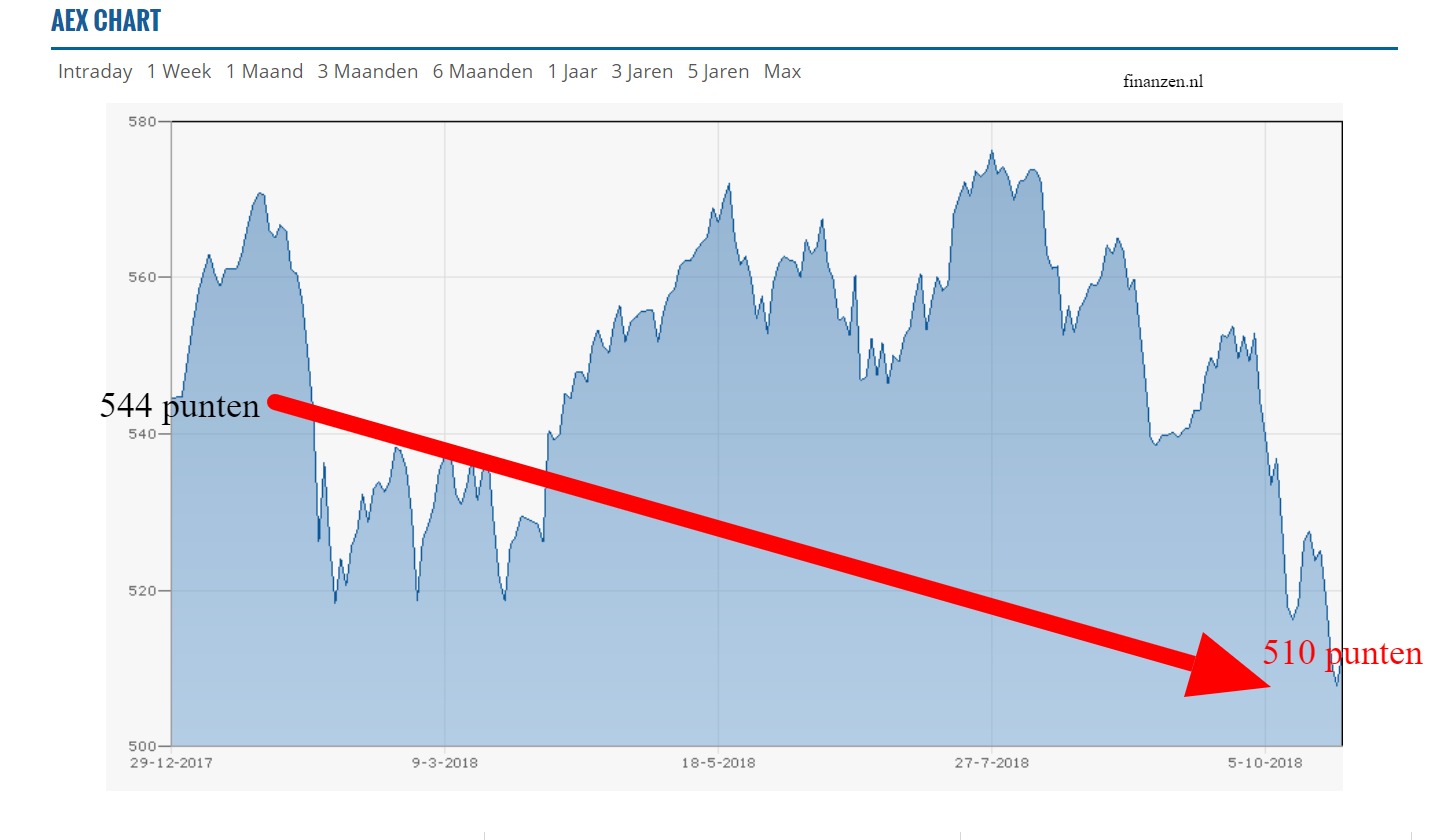Are You Prepared For A Flash Flood Emergency? A Checklist And Guide

Table of Contents
Understanding Flash Flood Risks
Flash floods are rapid, sudden floods that occur within six hours of heavy rainfall. Unlike regular floods, which develop more gradually, flash floods pose a significant threat due to their speed and intensity. The rapid rise of water levels leaves little time for escape, making preparedness crucial.
Common causes of flash floods include:
- Heavy rainfall: Intense, localized downpours, often associated with thunderstorms, are the most frequent cause.
- Dam or levee failures: Structural failures can unleash massive volumes of water downstream.
- Rapid snowmelt: Sudden warming temperatures can rapidly melt snowpack, causing rivers and streams to overflow.
- Mudslides: Heavy rains can trigger mudslides that can dam streams and create flash floods when they break.
Areas most susceptible to flash floods include:
- Near rivers, creeks, streams, and canyons
- Low-lying areas and floodplains
- Areas with poor drainage
- Areas with steep slopes
To assess your risk:
- Identify your local flood risk zone: Check your local government's website or FEMA's flood map service.
- Check historical flood data for your area: Review past flood events to understand your area's vulnerability.
- Understand warning signs: Pay close attention to weather forecasts, especially during periods of heavy rainfall. Be aware of rapidly rising water levels in rivers and streams.
Creating a Flash Flood Emergency Plan
A well-defined family communication plan is critical during a flash flood emergency. This plan should include:
- Designated meeting points: Establish several meeting points – one near your home and others further away, in case you are separated.
- Evacuation routes: Identify multiple evacuation routes, considering traffic patterns and potential road closures. Always have a backup plan.
- Communication methods: Designate a primary and backup method of contacting family members (cell phones, two-way radios, etc.).
- Out-of-state contact person: Designate a person outside the affected area as a central point of contact for family members to check in.
Your emergency "go-bag" should contain:
- Water (at least one gallon per person per day for several days)
- Non-perishable food
- First-aid kit
- Medications
- Flashlights and extra batteries
- Battery-powered radio
- Important documents (in a waterproof container)
- Copies of insurance policies and identification
Regularly practice your evacuation plan to ensure everyone knows what to do and where to go.
Protecting Your Home and Property
Minimizing flood damage requires proactive measures:
- Elevate electrical appliances: Move appliances like washing machines and dryers to higher ground.
- Secure valuable documents: Store important papers in waterproof containers in a high and dry location.
- Move furniture to upper floors: Protect furniture from water damage by moving it to higher levels of your home.
- Install flood barriers or sandbags: These can help prevent water from entering your home.
- Improve storm water drainage: Ensure gutters and downspouts are clean and functioning correctly to divert water away from your foundation.
- Consider flood insurance: Flood insurance is often not included in standard homeowner's insurance policies and is crucial for protecting your property.
Responding to a Flash Flood Warning
When a flash flood warning is issued, immediate action is vital.
- Monitor weather reports and alerts: Stay informed about weather conditions and warnings from reliable sources like the National Weather Service.
- Follow evacuation orders promptly: Do not delay when instructed to evacuate. Time is of the essence during a flash flood.
- Never drive through floodwaters: Even shallow water can sweep vehicles away. Turn around, don't drown.
- Seek higher ground immediately: Move to higher ground as quickly as possible and stay away from floodwaters.
- Turn off utilities: If you have time, shut off gas and electricity to prevent electrical hazards.
Post-Flash Flood Recovery
After the floodwaters recede, safety remains a priority:
- Watch for downed power lines: Avoid contact with any downed power lines or electrical equipment.
- Be aware of contaminated water: Floodwaters can be contaminated with sewage and other hazardous materials. Avoid contact.
- Contact your insurance provider: Report damages to your insurance company as soon as possible. Document damages with photos and videos.
- Document damages: Keep detailed records of damage with photos and videos for insurance claims.
- Seek professional help for cleanup and repairs: Be cautious when entering flood-damaged structures. Professional help may be needed for safe cleanup.
- Check for resources from FEMA or local government: Explore resources for assistance with recovery efforts.
Conclusion
Preparing for a flash flood emergency is crucial for protecting your family and property. Understanding the risks, developing a comprehensive plan, and taking preventative measures are vital steps in minimizing the impact of a flash flood. The unpredictable nature of flash floods and their potential for significant damage and loss of life emphasize the importance of preparedness. Don't wait until it's too late. Start preparing for a flash flood emergency today by using this checklist and creating your own comprehensive plan. Your safety and the safety of your loved ones depend on it. For more information on flash flood preparedness, visit the and websites.

Featured Posts
-
 Apple Stock Aapl Analyzing Current And Future Price Levels
May 25, 2025
Apple Stock Aapl Analyzing Current And Future Price Levels
May 25, 2025 -
 Dow Jones Rallies On Positive Pmi Cautious Optimism Prevails
May 25, 2025
Dow Jones Rallies On Positive Pmi Cautious Optimism Prevails
May 25, 2025 -
 Onrust Op Amerikaanse Beurs Aex Daarentegen In De Plus
May 25, 2025
Onrust Op Amerikaanse Beurs Aex Daarentegen In De Plus
May 25, 2025 -
 Memorial Day Travel 2025 Optimal Flight Dates
May 25, 2025
Memorial Day Travel 2025 Optimal Flight Dates
May 25, 2025 -
 Hakem Takla Atti Atletico Madrid In Espanyol Engeline Takilmasi
May 25, 2025
Hakem Takla Atti Atletico Madrid In Espanyol Engeline Takilmasi
May 25, 2025
Latest Posts
-
 Swiateks Winning Streak Continues Madrid Open Victory Over Keys De Minaurs Departure
May 25, 2025
Swiateks Winning Streak Continues Madrid Open Victory Over Keys De Minaurs Departure
May 25, 2025 -
 Madrid Open Update De Minaurs Early Exit And Swiateks Dominant Win
May 25, 2025
Madrid Open Update De Minaurs Early Exit And Swiateks Dominant Win
May 25, 2025 -
 Iga Swiatek Triumphs In Madrid Keys Defeated In Straight Sets
May 25, 2025
Iga Swiatek Triumphs In Madrid Keys Defeated In Straight Sets
May 25, 2025 -
 Alex De Minaurs Madrid Open Exit Straight Sets Defeat And Swiateks Victory
May 25, 2025
Alex De Minaurs Madrid Open Exit Straight Sets Defeat And Swiateks Victory
May 25, 2025 -
 Philippine Tennis Star Eala Set For Paris Grand Slam
May 25, 2025
Philippine Tennis Star Eala Set For Paris Grand Slam
May 25, 2025
